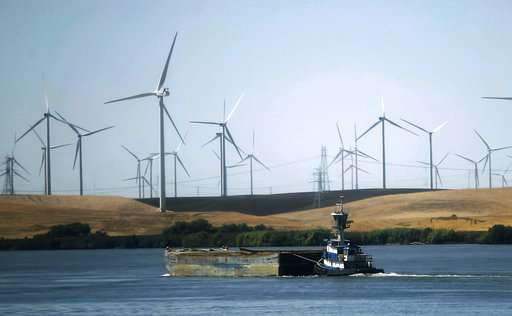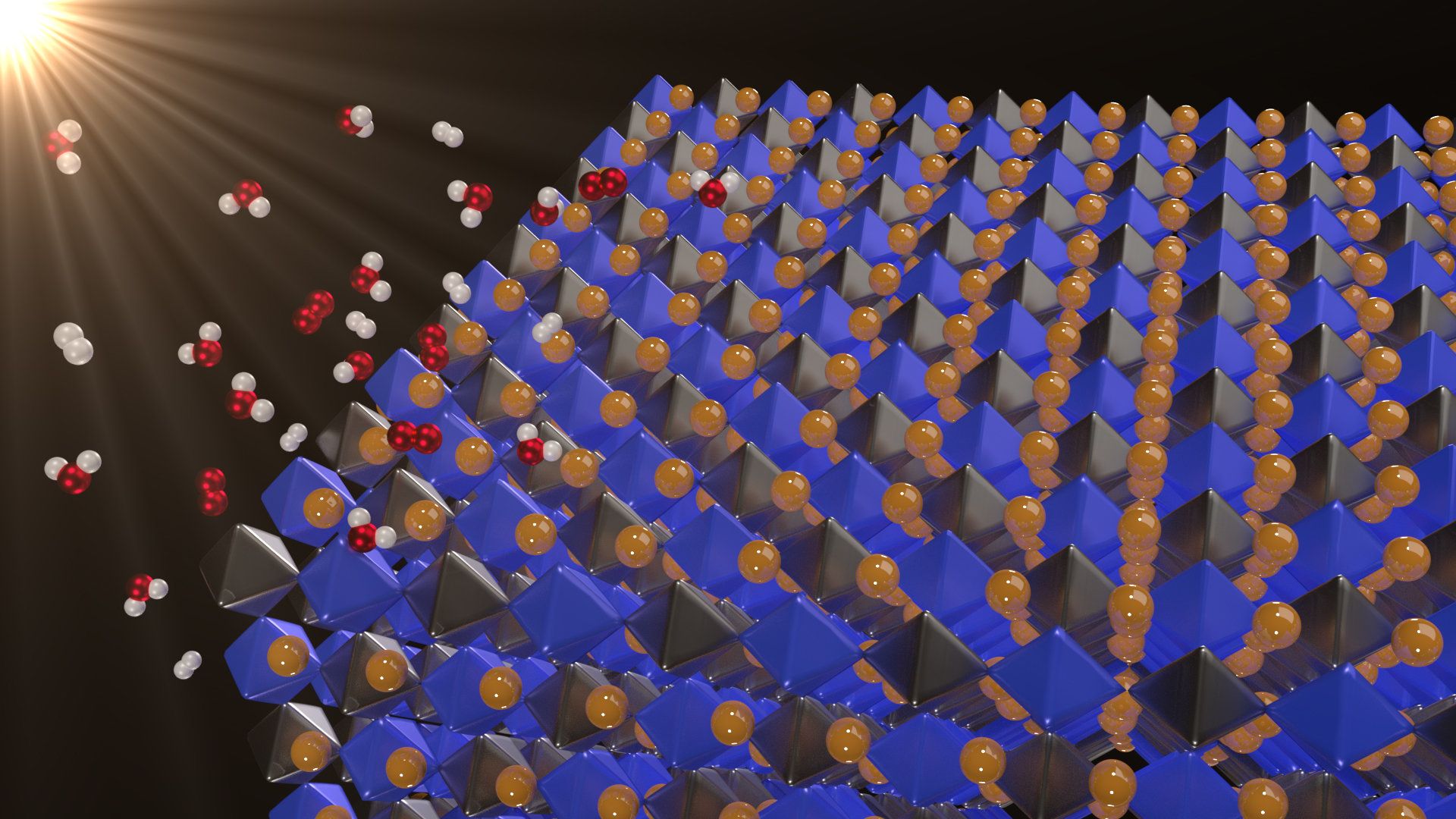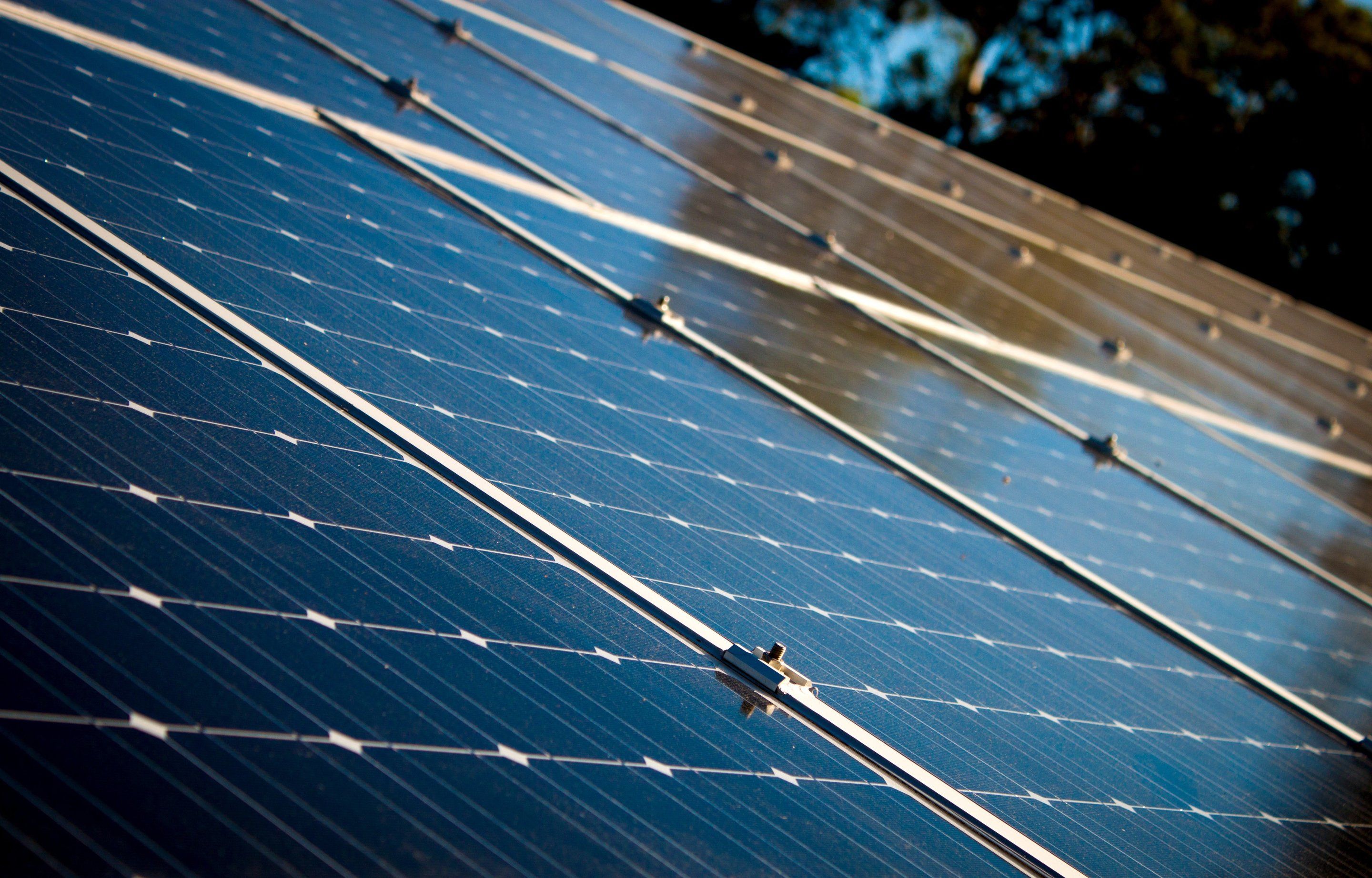This solar-powered boat turns seawater into fresh water.
Category: sustainability – Page 621
What If All Cars Went Electric
Could the electric car save our climate?

Sodium- and potassium-based batteries could be key for smart grid of the future
From electric cars that travel hundreds of miles on a single charge to chainsaws as mighty as gas-powered versions, new products hit the market each year that take advantage of recent advances in battery technology.
But that growth has led to concerns that the world’s supply of lithium, the metal at the heart of many of the new rechargeable batteries, may eventually be depleted.
Now researchers at the Georgia Institute of Technology have found new evidence suggesting that batteries based on sodium and potassium hold promise as a potential alternative to lithium-based batteries.

California lawmakers debate creating regional electric grid
A contentious proposal to link oversight of California’s electric grid with other western states faces a crucial test Tuesday in a state Senate committee.
Supporters say regionalizing the grid would make it easier and cheaper to deploy renewable energy across the western United States. But critics, including some environmentalists and consumer advocates, say California would jeopardize its efforts to require the expansion of renewables.
California has greatly expanded the use of renewable energy sources, particularly wind and solar, but that’s brought new challenges for grid operators to manage supply and demand as weather patterns and sunlight vary.

Promising new material has the right properties to capture solar energy, split water into hydrogen and oxygen
Solar energy is clean and abundant. But when the sun isn’t shining, you must store the energy in batteries or through a process called photocatalysis—in which solar energy is used to make fuels. In photocatalytic water splitting, sunlight separates water into hydrogen and oxygen. The hydrogen and oxygen can then be recombined in a fuel cell to release energy.
Now, a new class of materials—halide double perovskites—may have just the right properties to split water, according to a newly published paper in Applied Physics Letters.
“If we can come up with a material that can be useful as a water-splitting photocatalyst, then it would be an enormous breakthrough,” said Feliciano Giustino, a co-author on the paper.
RIPPA The Farm Robot Exterminates Pests And Weeds
RIPPA, a fully autonomous robot, can cover five acres a day on a solar charge — finding and exterminating pests and weeds on every single plant over the equivalent of four football fields. Are robots like RIPPA the future of farming?
RIPPA stands for “Robot for Intelligent Perception and Precision Application”.
Catalyst joins engineers from the Australian Centre for Field Robotics as they explore the world of agriculture to develop robots and smarter ways of farming.
Watch Catalyst on ABC iview now: https://iview.abc.net.au/programs/catalyst
SUBSCRIBE: http://ab.co/CatalystYouTube
About Catalyst:

The incredible career of NASA’s Peggy Whitson, who applied to become an astronaut 10 times before she broke the American record for space travel
She retired from NASA on Friday after blazing a trail for countless female astronauts.
NASA astronaut Peggy Whitson, the 58-year-old from Iowa farm country who spent a record-breaking 665 days in space, retired from the space agency on Friday.
“I have hit my radiation limit,” Whitson told Business Insider during a recent interview. “So not going into space with NASA anymore.”
That realization is both melancholic and exciting for the biochemist, who only half-jokingly admits she’s still not sure what she’s going to do “when I grow up.”

Are solar panels a middle-class purchase? This survey says yes
Too bad the middle class is shrinking!
The rate of growth in residential rooftop solar photovoltaics (PV) in Australia since 2008 has been nothing short of breathtaking.
Our new research suggests that the households most likely to join in the solar spree are those that are affluent enough to afford the upfront investment, but not so wealthy that they don’t worry about their future power bills.
Australia now has the highest penetration of residential rooftop PV of any country in the world, with the technology having been installed on one in five freestanding or semi-detached homes. In the market-leading states of Queensland and South Australia this ratio is about one in three, and Western Australia is not far behind, with one in four having PV.